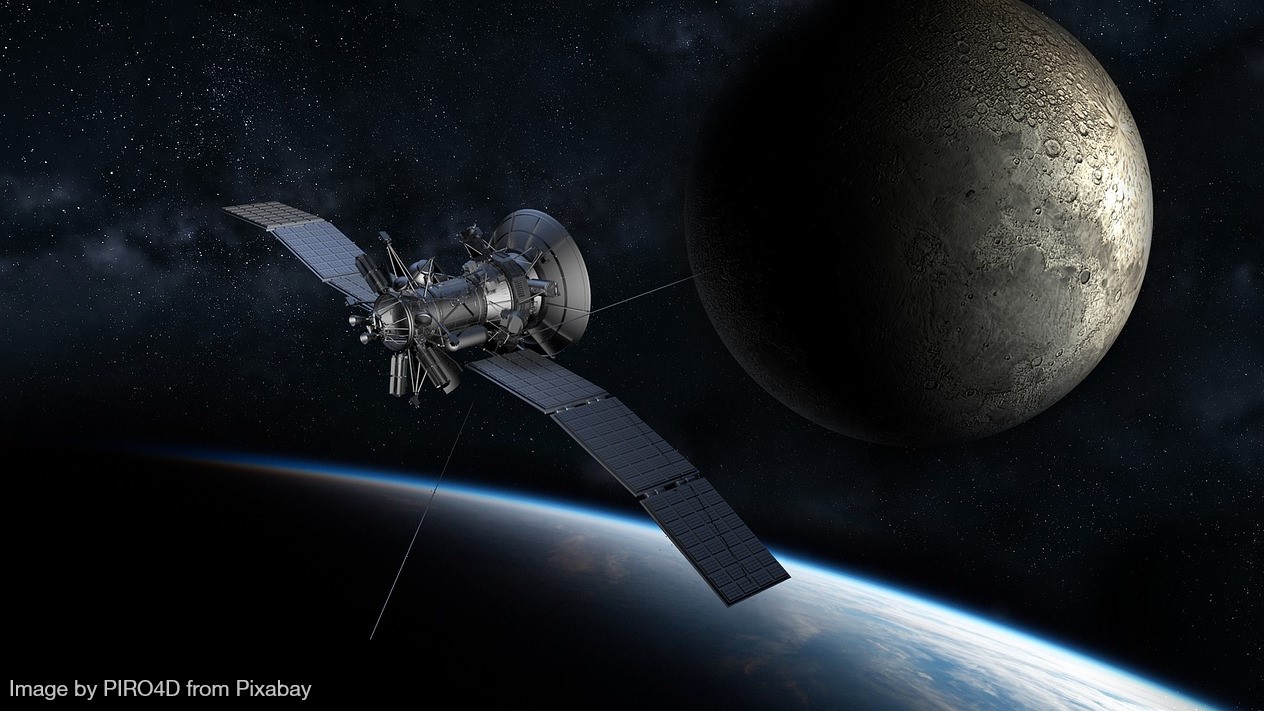
Neil Armstrong and landing on the moon. The space shuttle Challenger. The International Space Station. Pictures of ice from the Mars rovers. These are the different things that come to my mind when thinking of space exploration and education. These are topics that have probably been discussed, researched, and studied in classrooms everywhere. But how often is space exploration a part of student learning?
The value of emphasizing STEAM (science, technology, engineering, art, math) subjects in learning is not lost on most of us since they are involved in just about every facet of our lives. Checking the weather on your phone, brewing the perfect cup of coffee, and using city transportation to get to work are all everyday activities influenced by STEAM learning and innovations. When we can make connections between topics being learned and our own lives, that learning tends to stick around in our minds longer. But space exploration? Unless we have dreams of being an astronaut, learning about space seems too far removed from daily life so it may get pushed out of our curriculum plans. Yet it is this very reason why more opportunities for learning about thus topic is important — students can dream about something bigger than what they know and experience now.
To plan and incorporate lessons about space in our curriculum might seem overwhelming so start small. Have a discussion using a KWL on what students already know about space and space exploration, and what questions they have or want to learn more about on this topic. Then review the lists and group similar ideas and questions together. Identify subjects and topics that can be integrated. For example, students have heard about the Mars Rovers program but want to know more about why they were sent and what these rovers have found. Integrate engineering of the rovers, the math involved collecting and analyzing data, and developing and testing hypothesis about conditions on Mars and the viability of supporting life.
Of course, even with the best laid plans, materials to create a truly interactive experience may be hard to find. We cannot easily plan field trips to Mars, but we can use materials that simulate the experience. The Mimio MyBot and ShareSpace Giant Mars Map™ allows students to program rovers to explore Mars similar to what scientists and engineers are doing. For example, pose the question, “How difficult is it to navigate a rover over the Mars terrain?” There are activities that focus on maneuvering the challenges of the terrain including understanding the topography of Mars. Or in conjunction with a unit on collecting and analyzing data, create graphs of information such as travel distance and speed.
There are also complete STEAM kits that include Teacher Guides, lessons and activities, and manipulatives. For example, MyStemKits curriculum help student create manipulatives to explore a variety of STEAM topics including temperatures of planets. Using the Planetary Temperatures Kit, students use manipulatives designed and made using 3D printers to understand how distance from the Sun affects temperature on different planets in our solar system. Students can discuss how these distances affect the viability of cultivating living things on the planet. To simplify the alignment of learning objectives for the school year, MyStemKits* curriculum fully support Next Generation Science Standards (NGSS) and National Common Core Standards.
Enhance lessons with virtual field trips, studying images of different planets, and watching videos of past launches. The go-to website for most space-related experiences and information is NASA (nasa.gov), where there is specialized material for educators and students. Schedule viewing parties to watch launches. Get students excited about a future career in this field such as atmospheric scientist, aerospace engineer, and avionics technician. Nothing is too “out-of-the-box” for a unit on space exploration. You may be surprised by the information you add to your original KWL chart and maybe, just maybe, you have a future astronaut in your classroom.
“Our future lies with today’s kids and tomorrow’s space exploration.” – Sally Ride, astronaut and physicist
Don’t forget! It’s World Space Week (October 4 – 10, 2020) and this year's theme is “Satellites Improves Life.”
Resources
- NASA Schedule of Launches and Landings
- Kennedy Space Center Launches and Events
- NASA Kids’ Club (includes games)
- JPL Mars Maneuver: A ‘Pi in the Sky’ Math Challenge
- National Science Foundation – Astronomy and Astrophysics Classroom Resources
* For hybrid or remote learning situations, MyStemKits also has virtual STEM lessons available.


